Summary
Location
- Jawahar Lal Nehru Marg, Tilak Nagar, Jaipur, Rajasthan 302022
⬇️Tap on “View larger map” to get Direction
Full Story
The Birla Mandir, also known as the Laxmi Narayan Temple, is one of Jaipur’s most iconic and serene landmarks. Situated at the base of Motihari Hill, this stunning temple is dedicated to Lord Vishnu (Narayan) and Goddess Lakshmi, the deities of wealth and prosperity. Built by the Birla family, one of India’s most prominent industrialist families, the temple is a blend of modern architecture and traditional design. Here’s a detailed exploration of its history, architecture, and significance:
Historical Background
- Construction and Founding:
- The Birla Mandir was built in 1988 by the Birla family, a renowned industrialist family known for their philanthropic activities.
- The temple was constructed over a period of 8 years and was inaugurated by Mahatma Gandhi on the condition that people of all castes and communities would be allowed to enter.
- Purpose and Vision:
- The temple was built to promote spiritualism and cultural heritage while showcasing the architectural brilliance of India.
- It stands as a symbol of religious harmony and social inclusivity, reflecting the Birla family’s commitment to these values.
Architectural Marvel
The Birla Mandir is a stunning example of modern Indian temple architecture, blending traditional design elements with contemporary aesthetics. The temple is made entirely of white marble, giving it a pristine and ethereal appearance.
- Exterior Design:
- The temple is constructed from high-quality white marble, sourced from Makrana in Rajasthan, the same source used for the Taj Mahal.
- The exterior features intricate carvings and sculptures depicting scenes from Hindu mythology, including stories from the Ramayana and Mahabharata.
- The temple’s facade is adorned with shikhara-style spires (towers), which are characteristic of traditional Hindu temple architecture.
- Interior Decor:
- The interior of the temple is equally breathtaking, with marble carvings, stained glass windows, and detailed frescoes.
- The sanctum sanctorum houses the idols of Lord Vishnu (Narayan) and Goddess Lakshmi, carved from a single piece of marble.
- The walls and ceilings are decorated with mythological motifs and symbols of Hinduism, creating a serene and spiritual ambiance.
- Key Features:
- Dome: The temple’s central dome is a highlight, featuring intricate carvings and a majestic appearance.
- Stained Glass: The stained glass windows depict scenes from Hindu scriptures, adding a vibrant touch to the temple’s interior.
- Garden: The temple is surrounded by a well-maintained garden, which enhances its beauty and provides a peaceful environment for visitors.
Cultural and Religious Significance
- Spiritual Hub:
- The Birla Mandir is a popular destination for devotees and tourists seeking spiritual solace and blessings.
- The temple is particularly crowded during festivals like Diwali and Janmashtami, when special prayers and rituals are conducted.
- Symbol of Religious Harmony:
- The temple’s foundation reflects the principles of inclusivity and equality, as it welcomes people from all castes, creeds, and communities.
- This aligns with the Birla family’s vision of promoting social harmony through their philanthropic activities.
- Tourist Attraction:
- The Birla Mandir is one of Jaipur’s most visited landmarks, attracting tourists with its architectural beauty and serene ambiance.
- The temple’s location at the base of Motihari Hill offers stunning views of the city and the surrounding Aravalli Hills.
Interesting Facts About Birla Mandir
- The temple is illuminated at night, creating a mesmerizing sight that enhances its beauty.
- The idols of Lord Vishnu and Goddess Lakshmi are adorned with gold and silver ornaments during special occasions.
- The temple complex also includes a museum that showcases artifacts and exhibits related to the Birla family’s history and contributions.
Conclusion
The Birla Mandir is a perfect blend of spirituality, art, and architecture. Its pristine white marble structure, intricate carvings, and serene ambiance make it a must-visit destination in Jaipur. Whether you’re a devotee seeking blessings or a tourist exploring the city’s cultural heritage, the Birla Mandir offers a peaceful and enriching experience. It stands as a testament to the Birla family’s commitment to promoting religious harmony, social inclusivity, and cultural preservation.



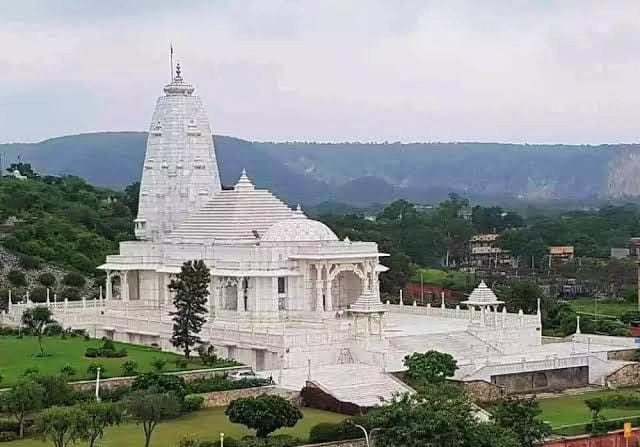
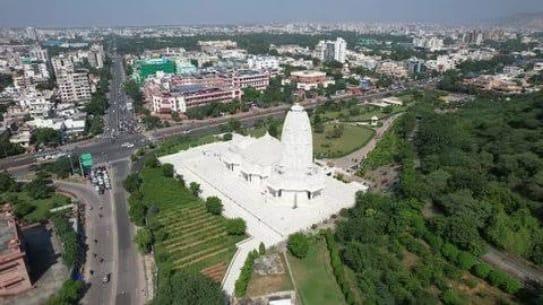
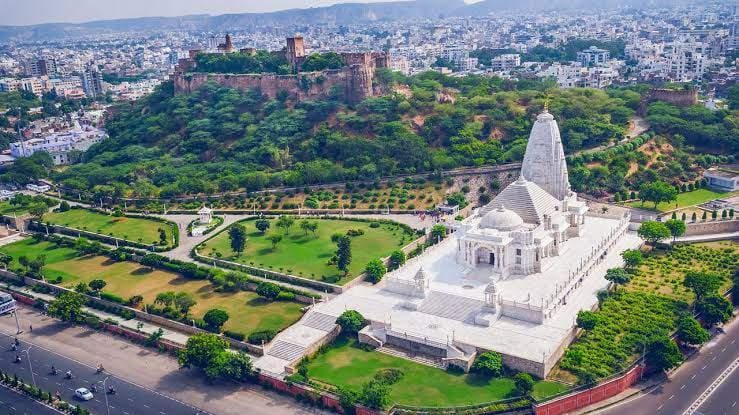
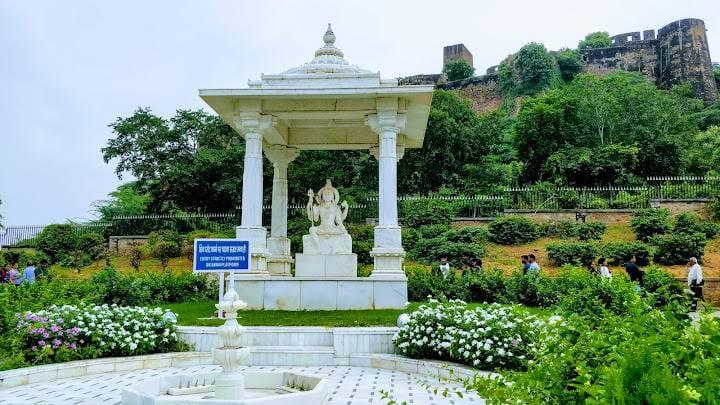
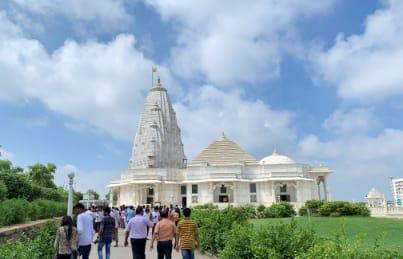
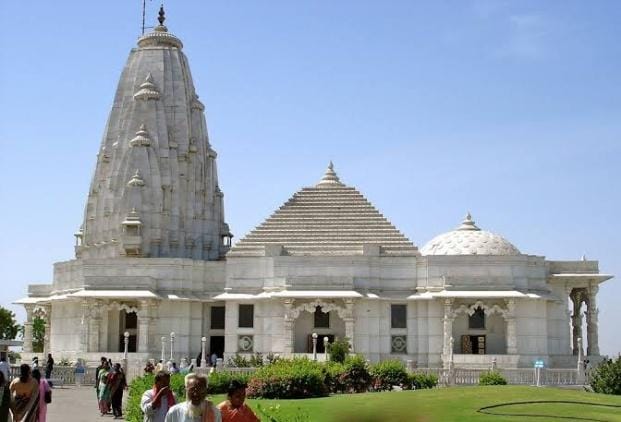
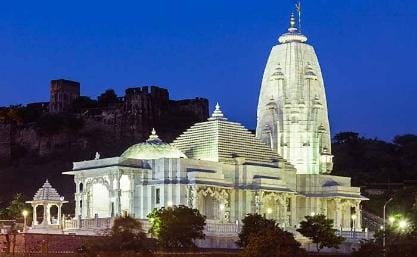
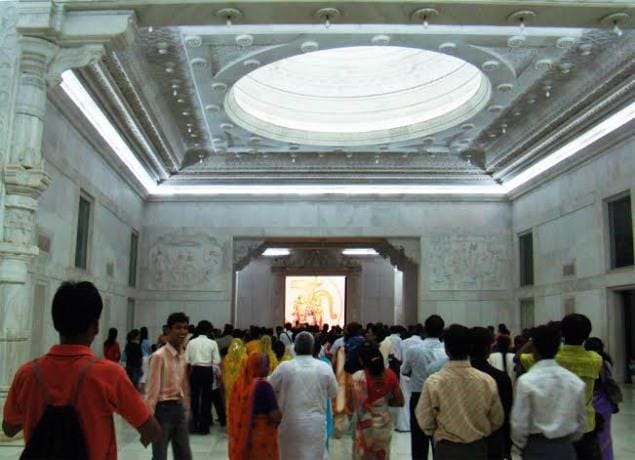
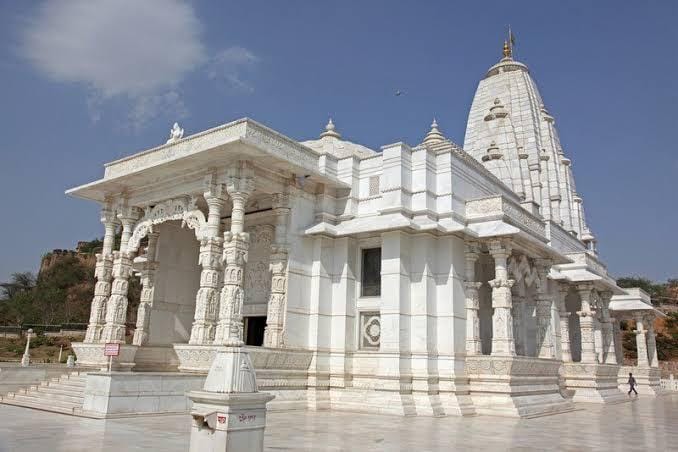
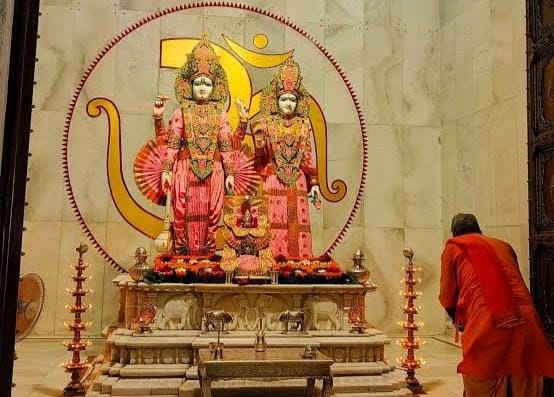
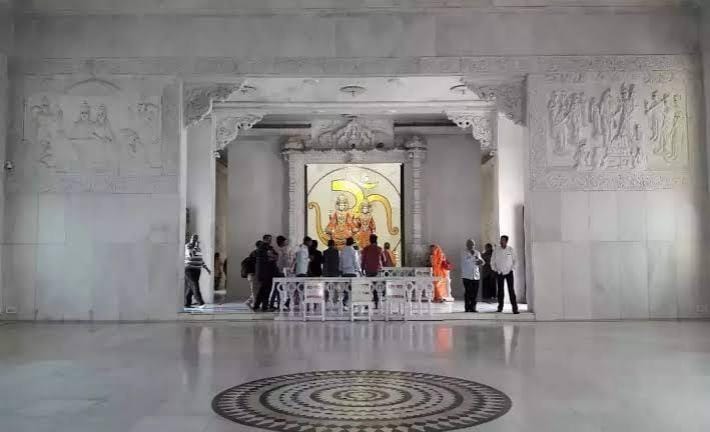
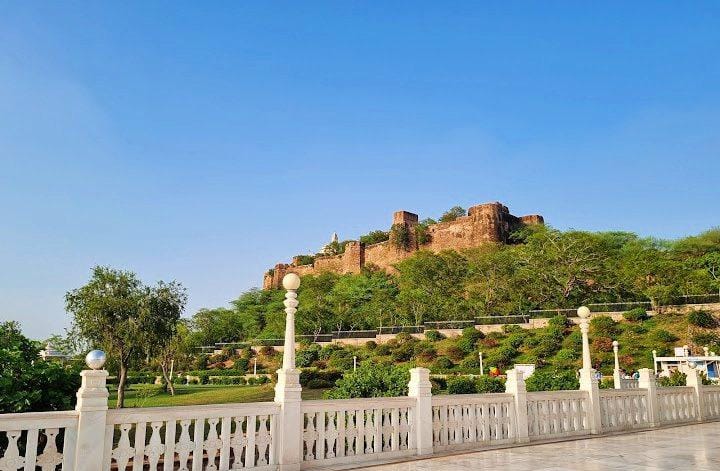
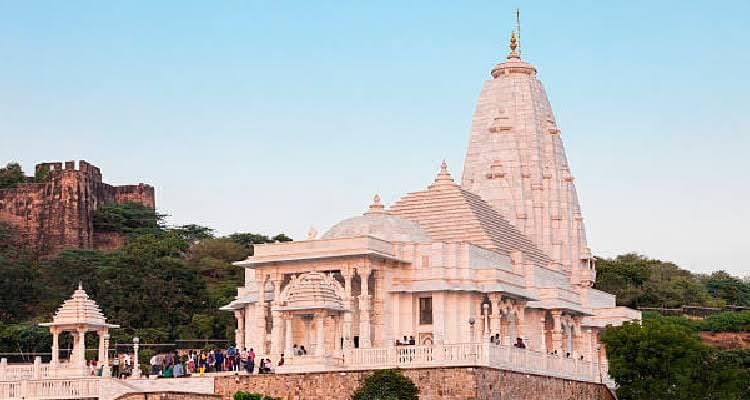
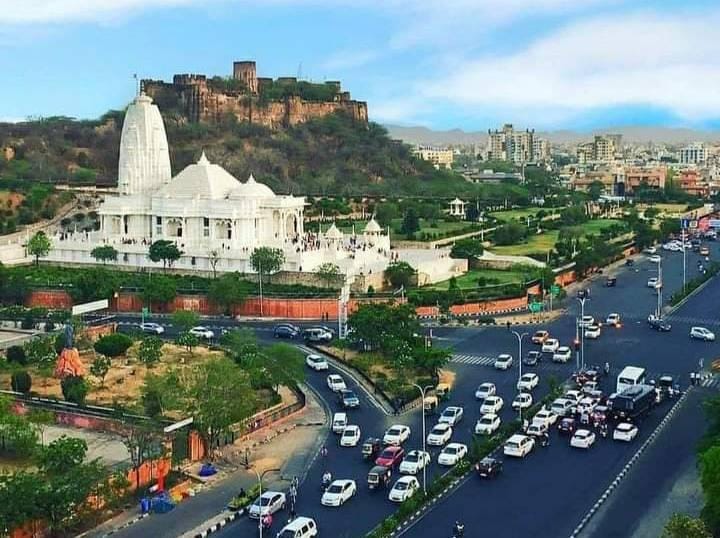
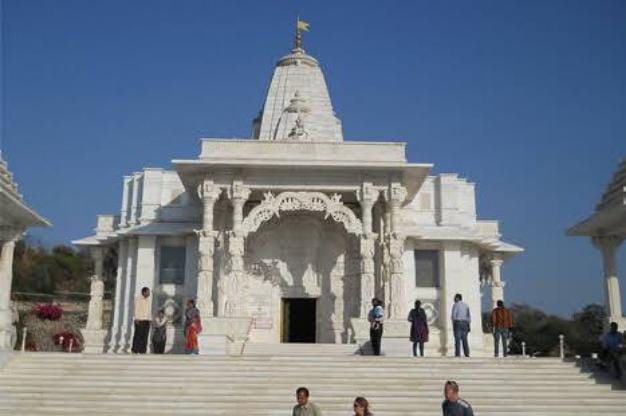















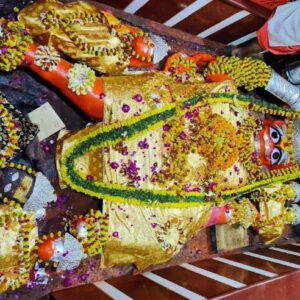






Reviews
There are no reviews yet.